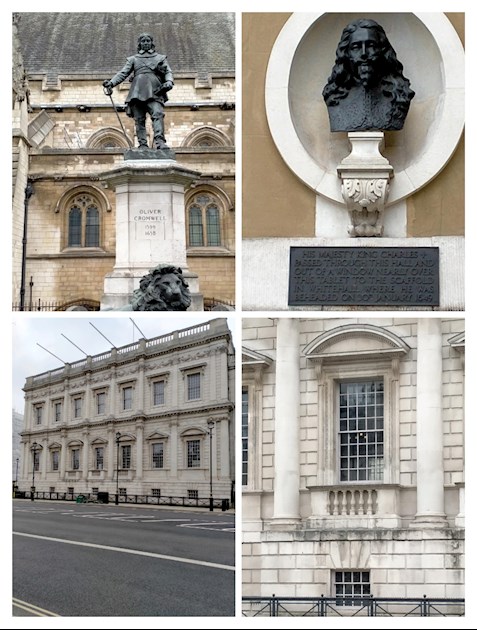Photo 1 Oliver Cromwell statue at the Houses of Parliament
Photo 2 monument to Charles 1 at Banqueting House
Photo 3 Banqueting House
Photo 4 The window where Charles 1 walked to the scaffold.
Begun in 1619 and designed by Inigo Jones in a style influenced by Andrea Palladio,[2] the Banqueting House was completed in 1622 at a cost of £15,618, 27 years before King Charles I of England was beheaded on a scaffold in front of it in January 1649
Cromwell, one of the first signatories in Charles 1 death warrant, died from natural causes in 1658 and was buried in Westminster Abbey. He was succeeded by his son Richard, whose weakness led to a power vacuum. Oliver's former General George Monck then mounted a coup, causing Parliament to arrange the return to London of Prince Charles as King Charles II and the Royalists' return to power in 1660. Cromwell's corpse was subsequently dug up.
Cromwell's body was exhumed from Westminster Abbey on 30 January 1661, the 12th anniversary of the execution of Charles I, and was subjected to a posthumous execution, as were the remains of John Bradshaw and Henry Ireton. (The body of Cromwell's daughter was allowed to remain buried in the Abbey.) His body was hanged in chains at Tyburn, London, and then thrown into a pit. His head was cut off and displayed on a pole outside Westminster Hall until 1685. Afterwards, it was owned by various people, including a documented sale in 1814 to Josiah Henry Wilkinson,[145][146] and it was publicly exhibited several times before being buried beneath the floor of the antechapel at Sidney Sussex College, Cambridge, in 1960.[143][147] The exact position was not publicly disclosed, but a plaque marks the approximate location.[148]
Many people began to question whether the body mutilated at Tyburn and the head seen on Westminster Hall were Cromwell's.[149] These doubts arose because it was assumed that Cromwell's body was reburied in several places between his death in September 1658 and the exhumation of January 1661, in order to protect it from vengeful royalists. The stories suggest that his bodily remains are buried in London, Cambridgeshire, Northamptonshire, or Yorkshire.[150]
The Cromwell vault was later used as a burial place for Charles II's illegitimate descendants.[151] In Westminster Abbey, the site of Cromwell's burial was marked during the 19th century by a floor stone in what is now the RAF Chapel reading: "The burial place of Oliver Cromwell 1658–1661".[
